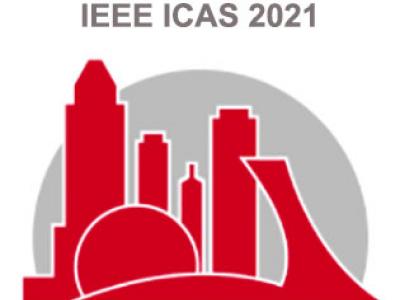Documents
Demo
WSO-CAPS: An Automated Framework for Diagnosis of COVID-19 disease from Low and Ultra-Low Dose CT scans using Capsule Networks and Window Setting Optimization

- Citation Author(s):
- Submitted by:
- Shahin Heidarian
- Last updated:
- 18 August 2021 - 11:45am
- Document Type:
- Demo
- Document Year:
- 2021
- Event:
- Presenters:
- Shahin Heidarian
- Paper Code:
- 56
- Categories:
- Keywords:
- Log in to post comments
The automatic diagnosis of lung infections using chest computed
tomography (CT) scans has been recently obtained remarkable significance,
particularly during the COVID-19 pandemic that the early
diagnosis of the disease is of utmost importance. In addition, infection
diagnosis is the main building block of most automated diagnostic/
prognostic frameworks. Recently, due to the devastating effects
of the radiation on the body caused by the CT scan, there has been
a surge in acquiring low and ultra-low-dose CT scans instead of the
standard scans. Such CT scans, however, suffer from a high noise
level which makes them difficult and time-consuming to interpret
even by expert radiologists. In addition, some abnormalities are only
visible using specific window settings on the radiologists’ monitor.
Currently, manual adjustment of the windowing settings is the common
approach to analyze such low-quality images. In this paper, we
propose an automated framework based on the Capsule Networks,
referred to as the “WSO-CAPS”, to detect slices demonstrating infection
using low and ultra-low-dose chest CT scans. The WSOCAPS
framework is equipped with a Window Setting Optimization
(WSO) mechanism to automatically identify the best window setting
parameters to resemble the radiologists’ efforts. The experimental
results on our in-house dataset show that the WSO-CAPS enhances
the capability of the Capsule Network and its counterparts to identify
slices demonstrating infection. The WSO-CAPS achieves the
accuracy of 92.0%, sensitivity of 90.3%, and specificity of 93.3%.
We believe that the proposed WSO-CAPS has a high potential to be
further utilized in future frameworks that are working with CT scans,
particularly the ones which utilize an infection diagnosis step in their
pipeline.

